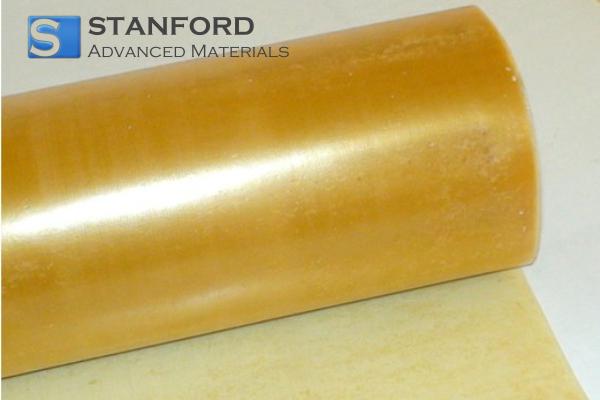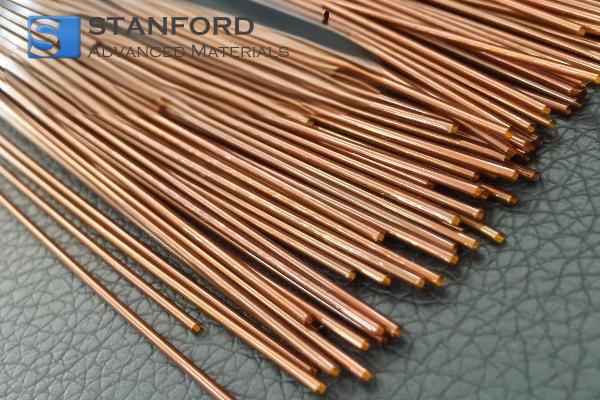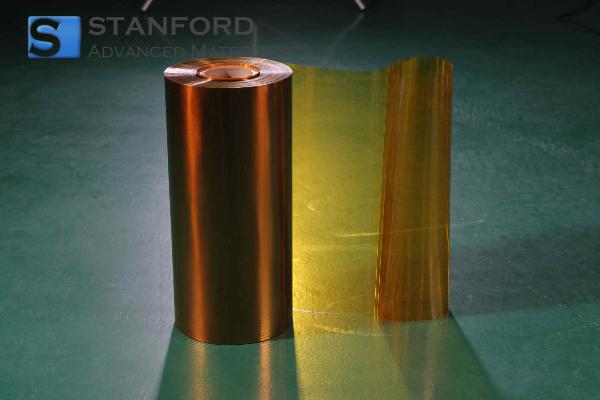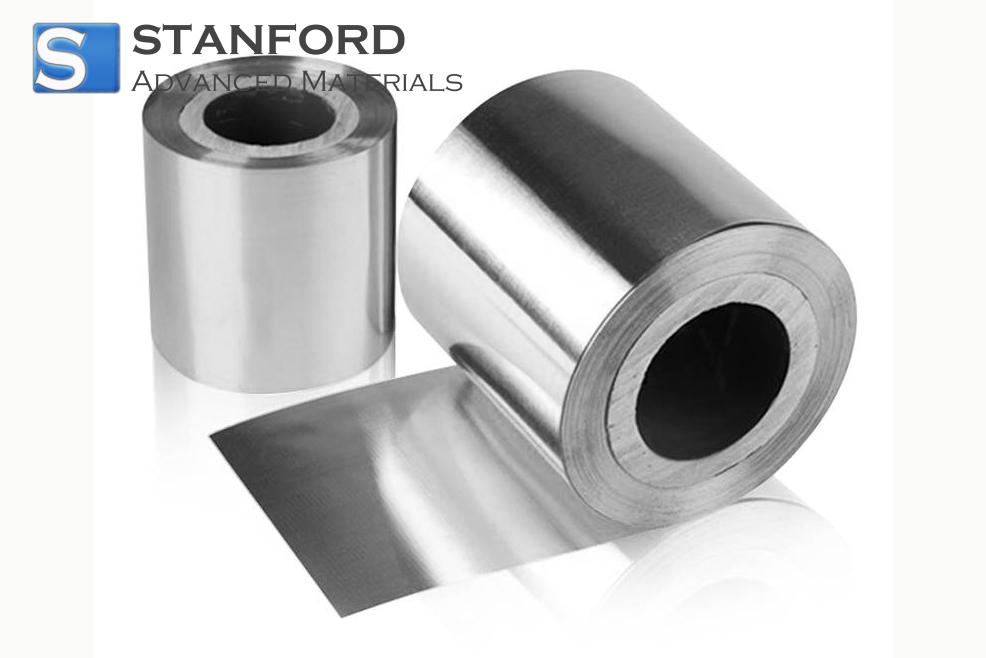Krypton: Element Properties And Uses
Description
This article provides an introduction to the element Krypton and examines its chemical properties, preparation methods, common applications, and related industrial products.
Introduction to the Element
Krypton is one of the noble gases in the periodic table and is a subject of interest for scientific study and industrial application. For an introduction to the element: Krypton is a colourless, odourless gas found in trace amounts in the Earth’s atmosphere. Despite its low occurrence, its unique properties have attracted the attention of both the scientific community and industry.
Its inert behaviour and stability under a variety of conditions render Krypton of interest in areas ranging from lighting technology to high-precision scientific instrumentation.
Description of the Chemical Properties
The chemical properties of Krypton are determined by its status as a noble gas. Its complete valence electron shell makes it exceptionally stable and non-reactive under normal conditions.
Krypton rarely forms compounds with other elements. Under extreme conditions, however, it can react to form krypton fluorides. This reactivity under specific conditions indicates both its stability and the precise conditions required to alter its normally inert state. This behaviour is beneficial when a stable, non-reactive gas is required, thereby making Krypton a suitable candidate for controlled industrial processes and specialised lighting systems.
Physical Properties Data Table
|
Property |
Value |
Unit |
|
Atomic Number |
36 |
- |
|
Atomic Mass |
83.8 |
amu |
|
-157.36 |
°C |
|
|
Boiling Point |
-153.22 |
°C |
|
Density (Gas at STP) |
3.749 |
g/L |
For further information, please visit Stanford Advanced Materials (SAM).
Preparation Methods
Krypton is extracted primarily by cryogenic distillation from air. Given that air is a mixture of nitrogen, oxygen and trace noble gases, liquefaction permits the separation of these gases on the basis of their differing boiling points. After liquefaction, refined techniques isolate small quantities of Krypton as a by-product. A subsequent purification process ensures that the isolated gas meets the rigorous requirements set for both research and industrial applications.
These preparation methods have been refined over time, thereby improving cost efficiency and the availability of Krypton for various technological applications.
Common Applications
Krypton is used in several practical applications that underscore its value in modern technology.
One significant application is in lighting. Krypton is employed in high-performance fluorescent lamps and specialised photographic flashes, where its ability to emit a bright white light upon electrical excitation is quantifiable.
In addition to lighting, Krypton is utilised in laser technology and in the insulation of windows. Its low thermal conductivity provides an energy-efficient solution for temperature control.
The physical and chemical stability of the gas underlines its suitability for high-pressure discharge lamps and other devices that require a non-reactive environment.
Frequently Asked Questions
What is Krypton?
Krypton is a noble gas with atomic number 36. It occurs in trace amounts in the atmosphere and is known for its inert behaviour and its specific applications.
How is Krypton obtained for industrial applications?
Krypton is produced by cryogenic distillation from air. The gases are liquefied and separated according to their boiling points, after which further purification processes are employed.
What are the primary chemical properties of Krypton?
Krypton has a complete valence electron shell that makes it highly stable and non-reactive under normal conditions. Under some extreme conditions, it can form compounds.
Where is Krypton commonly used?
Krypton is commonly used in high-performance lighting systems, lasers, photographic flashes and window insulation due to its capacity to emit bright light and its effective insulating properties.
Which industries benefit most from Krypton?
Industries such as lighting, aerospace, electronics and energy efficiency utilise Krypton in their products. Its inertness, stability and insulating properties meet specific industrial requirements.

 Bars
Bars
 Beads & Spheres
Beads & Spheres
 Bolts & Nuts
Bolts & Nuts
 Crucibles
Crucibles
 Discs
Discs
 Fibers & Fabrics
Fibers & Fabrics
 Films
Films
 Flake
Flake
 Foams
Foams
 Foil
Foil
 Granules
Granules
 Honeycombs
Honeycombs
 Ink
Ink
 Laminate
Laminate
 Lumps
Lumps
 Meshes
Meshes
 Metallised Film
Metallised Film
 Plate
Plate
 Powders
Powders
 Rod
Rod
 Sheets
Sheets
 Single Crystals
Single Crystals
 Sputtering Target
Sputtering Target
 Tubes
Tubes
 Washer
Washer
 Wires
Wires
 Converters & Calculators
Converters & Calculators
 Write for Us
Write for Us




 Chin Trento
Chin Trento



